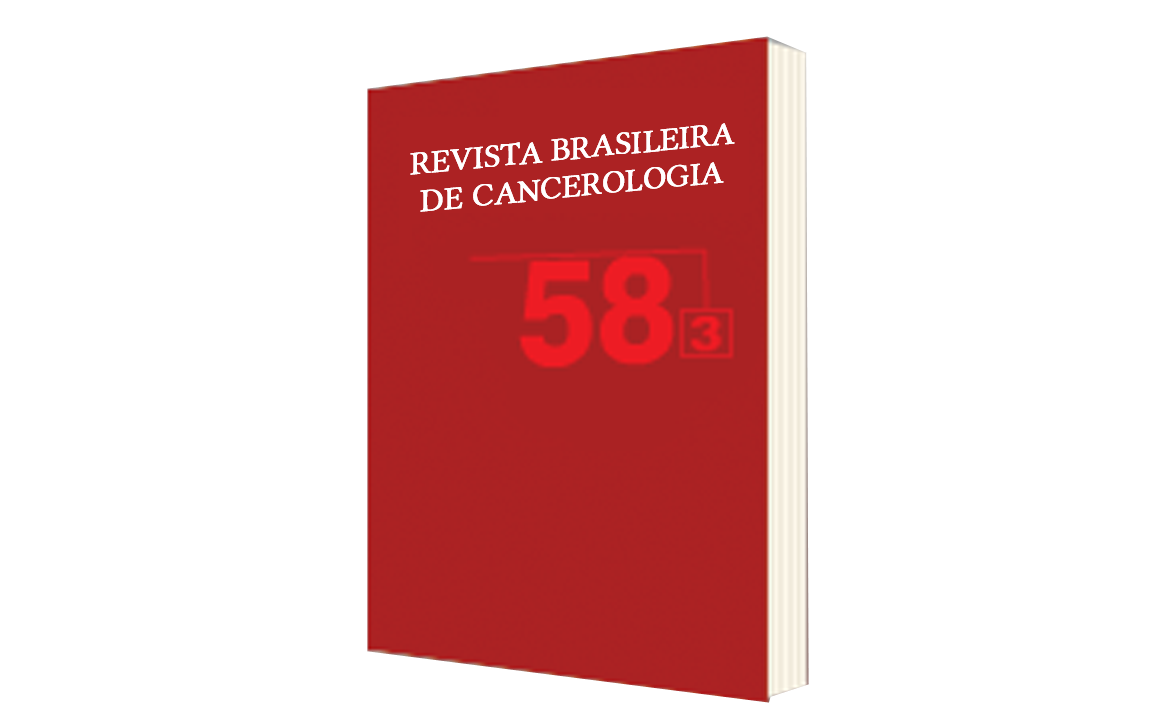Profile of the Patients with Cervical Cancer in Brazil, 2000-2009: Secondary Base Study
DOI:
https://doi.org/10.32635/2176-9745.RBC.2012v58n3.583Keywords:
Uterine Cervical Neoplasms/epidemiology, Uterine Cervical Neoplasms/prevention & control, Hospital Records, Epidemiology, Descriptive, Observational Studies, Brazil/epidemiologyAbstract
Introduction: The control of cervical cancer was defined as priority in the public health policies in Brazil, due to its high incidence, morbidity and mortality. Objective: To describe the demographic and clinical characteristics of the population with cervical cancer in the country, diagnosed between 2000 and 2009. Method: Observational study of the analytical cases of cervical cancer entered in the Integrator Module of the Hospital-based Cancer Registries and the Hospital-based Cancer Registry of the State of Sao Paulo. A descriptive analysis of the variables was performed. This study was approved by the INCA Ethics Committee under the number 128/11. Results: 77,317 cases were included. The number of cases and the proportional distribution of the stages were similar in the two five-year periods analyzed (2000-2004 versus 2005-2009). The average age at diagnosis was 49.2 years old (55.3% were under 50 years old), with predominance of women from a group defined as pardos (47.9%), with incomplete elementary school (49.0%) and married (51.5%). Stage III was the most frequent one (29.0%) and in most of the cases the histological type was carcinoma (91.3%). At the end of the first treatment 48.9% presented no evidence of disease or were in complete remission. Conclusion: In Brazil, women with cervical cancer diagnosis, diagnosed between 2000 and 2009, were mostly young women, belonging to the pardos group, with low school level, married, presented advanced stage at diagnosis and evolved without evidence of disease or to complete remission at the end of the first treatment.





